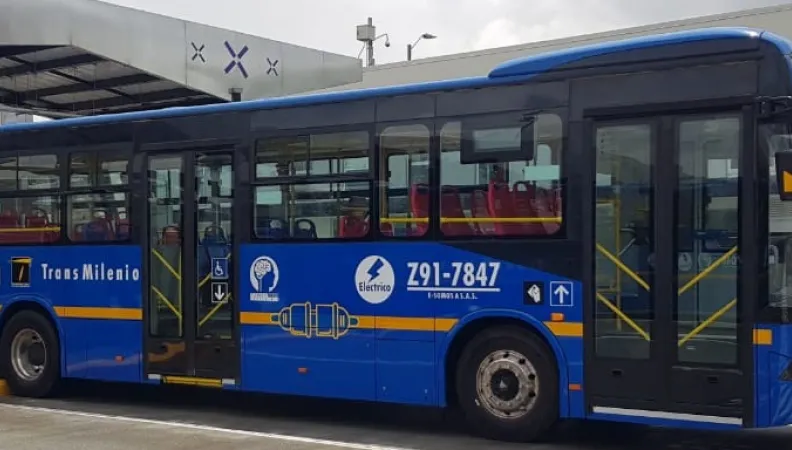Share the page
Financing the first electric buses in the Colombian capital
Project


-
Signature date
-
-
Location
-
Colombia
-
Financing tool
-
Financing amount (Euro)
-
43 053 485
-
Financing details
-
A loan in local currency equivalent to USD 52m
-
Customer
-
Electribus Bogota
-
Type of customer
-
Company
-
Country of headquarters
-
Colombia
-
Project number
-
PCO1012 / PCO1013
-
Environmental and social ranking
-
B
-
Climate co-benefits
-
Project with climate co-benefits
This information is given at the time of signature, without prejudice to any developments in the operation/project.
Proparco and FDN have allocated a loan to Electribus to replace polluting buses with the first fleet of electric buses in Bogota.
Client presentation
The Electribus Bogota consortium is owned by Ashmore and SomosK. It includes two project companies (Electribus Usme I and Electribus Fontibon II) which are responsible for the acquisition and commissioning of 259 electric buses for the Integrated Public Transport System of Bogota (SITP).
Project description
With 259 electric buses (to replace a fleet of obsolete and highly polluting diesel buses), Electribus is the first fleet of electric buses running in the Colombian capital and currently the second largest fleet of electric buses in Latin America.
Proparco, as the lead investor and lender (alongside Financiera de Desarrollo Nacional – FDN), has allocated a loan in local currency equivalent to USD 52m, with an innovative foreign exchange hedging scheme that will fully finance the program to replace bus batteries in 2028.
Project impact
There are many expected impacts from this project:
- The significant reduction in air pollution and improvement in air quality in Bogotá should have a positive impact on people’s health in the Fontibón and Usme neighborhoods, which are among the most vulnerable neighborhoods in the city.
- Over 150,000 passengers a year should have access to a more modern, safer and more comfortable public transport system.
- The project should reduce emissions by 31,100 tons of CO2 eq per year.
- The project should also support 2,000 jobs over the next 5 years.
This project should thereby contribute to SDG 9 (Industry, innovation and infrastructure), SDG 11 (Sustainable cities and communities) and SDG 13 (Climate action).


